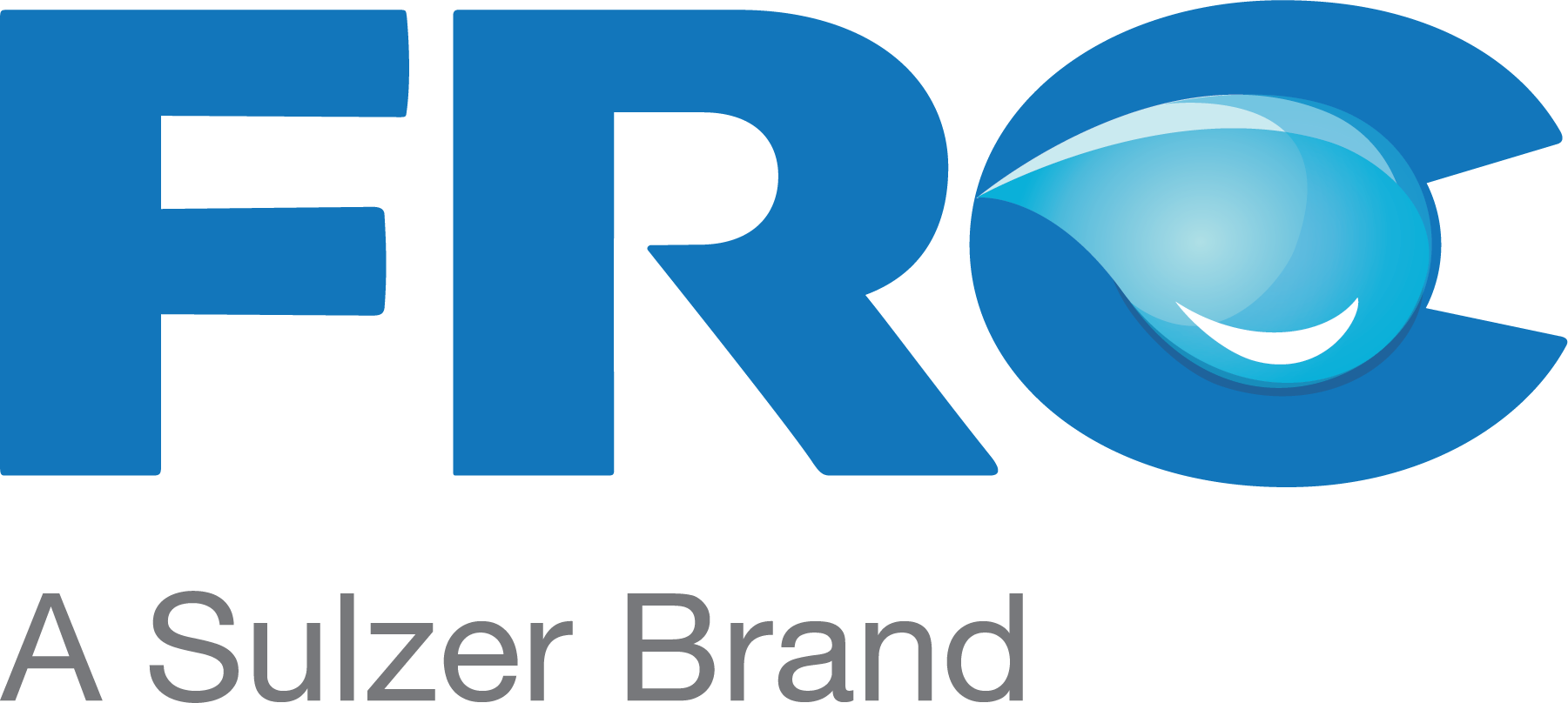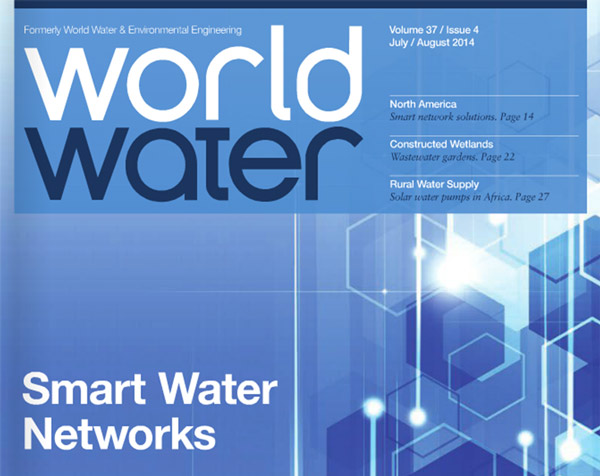Central America’s largest poultry producer, DIP-CMI, re-vamped its existing wastewater treatment infrastructure with modern, space-saving technologies to meet strict water quality regulations for discharging effluent into the local waterway. The upgraded facility, located in San Jose, Costa Rica, processes more than 100,000 birds per day, preparing them for distribution to local markets.
As part of their continuous improvement process, DIP-CMI hired FRC Systems International to design and construct a 1.9-million-liters-per-day wastewater treatment facility, which includes a new dissolved air flotation system and sludge dewatering belt press.
Common among poultry processing plants, the facility’s wastewater is heavily laden with organic contaminants which contribute to elevated levels of total suspended solids (TSS); fat, oil and grease (FOG); and chemical oxygen demand (COD) — all of which are regulated water quality parameters. To comply with their direct discharge permit, the facility was required to meet the following concentrations:
- <30 mg/L of TSS
- <10 mg/L of FOG
- <100 mg/L of COD
FRC designed a process that included preliminary screens, chemical and physical separation equipment, aeration lagoons, and sludge management systems to effectively meet these requirements.
The allotted space for the new wastewater treatment infrastructure was unusually small for the volume of wastewater to be processed. As such, the design of the equipment, as well as the layout of all the components in the building, needed to be pieced together in as tight a configuration as possible.
FRC opted for a plate-pack design to accommodate higher flow rates by building taller tanks, rather than longer and wider ones. Floor space is limited, so the design took advantage of available vertical space. FRC’s belt press also employs this design characteristic — stacking each of the dewatering and pressing zones on top of one another — as opposed to arranging them in a lateral configuration like other comparable systems. With these technologies and the help of three-dimensional modeling, FRC designed a two-story system that fits the allotted space and contains the process equipment necessary to meet the facility’s water quality requirements.
Sampling data from the first six months of operation show sufficient reduction in TSS, FOG, and COD concentrations to safely comply with discharge requirements.
Going forward
Dissolved air flotation is often the most economical and efficient technology to treat wastewater with elevated levels of solids or oils. Beyond poultry processing, the technology can be used in any animal rendering application, as well as in the general manufacturing and oil and gas industries.
DIP-CMI continues to grow in Central America, so the wastewater treatment technologies employed at the San Jose facility will be used elsewhere — helping maintain the company’s environmental-sustainability goals. The outlook of the food production market in Central and South America is bright, and as other companies continue to expand throughout the region, water quality regulations will require them to make the same efforts in environmental stewardship.
This article originally appeared in the July/August 2014 issue of World Water magazine, a WEF publication.

